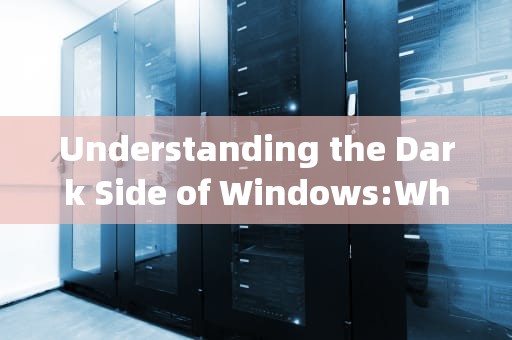In the digital world, we often hear about malicious software (malware) that can compromise our systems, steal sensitive data, or disrupt services. One of the most elusive and damaging forms of malware is the .exe kill. This potent threat involves the destruction of executable files, often with malicious intent. While it might seem abstract, understanding what exe kill is and how it operates is crucial for safeguarding your system.

An exe file is a program file created by Microsoft Windows, designed to execute specific tasks. These files are essential for running applications, from simple calculators to complex software systems. However, when compromised, these files can become tools for harm.
EXE kill, or "malicious program file deletion," refers to the intentional destruction of executable files. This action can be carried out for various reasons, including disrupting operations, stealing data, or causing physical damage to hardware. The execution of such a command can be achieved through malicious software, brute force attacks, or even legitimate system operations under malicious intent.
The process of exe kill typically involves several steps, each designed to achieve the desired outcome:
The term "dark side" aptly describes the sinister nature of exe kill. This form of cyberattack is not just about convenience; it's about control. Attackers using exe kill can:
There are various methods attackers use to achieve exe kill, each with its own level of sophistication:
The repercussions of exe kill can be severe, affecting both individuals and organizations:
Protecting against exe kill requires a proactive approach, combining strong cybersecurity measures with regular monitoring:
In conclusion, exe kill represents a dark side of computing that, while difficult to combat, is increasingly targeted by malicious actors. By understanding how it works and implementing robust security measures, individuals and organizations can mitigate the risks associated with this potent threat.
随着互联网的普及和信息技术的飞速发展台湾vps云服务器邮件,电子邮件已经成为企业和个人日常沟通的重要工具。然而,传统的邮件服务在安全性、稳定性和可扩展性方面存在一定的局限性。为台湾vps云服务器邮件了满足用户对高效、安全、稳定的邮件服务的需求,台湾VPS云服务器邮件服务应运而生。本文将对台湾VPS云服务器邮件服务进行详细介绍,分析其优势和应用案例,并为用户提供如何选择合适的台湾VPS云服务器邮件服务的参考建议。

工作时间:8:00-18:00
电子邮件
1968656499@qq.com
扫码二维码
获取最新动态
